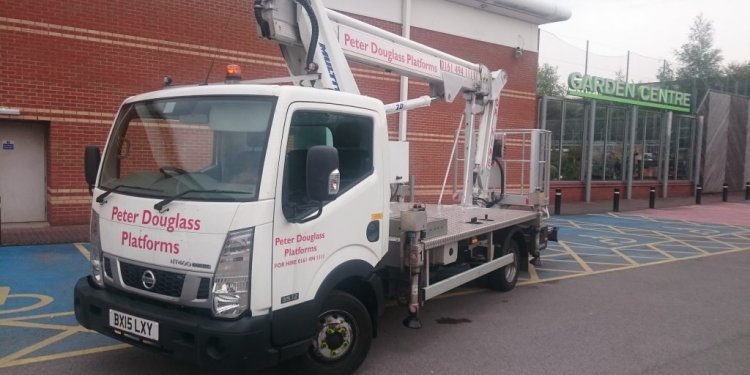
Used Access Platforms
The opening story about Ictinike and the buzzard is a traditional oral story from my Ioway Tribe culture. It represents the way in which Native American people historically shared information and stories. Today, Native stories are shared in multiple ways: oral, written, video, audio, websites, social media, etc. This research explored the ways in which Native Americans receive their stories today, specifically news stories about Native Americans. This research was done in order to see how news outlets could better serve Native populations in the U.S. In addition, I looked at which platforms and devices are most effective for Natives to access these stories. The Native population is unique, because they make up about two percent of the U.S. population, according to the Census in 2013. Of that population, about 22 percent of Natives live on reservations, according to the 2010 Census. Many reservations are in isolated locations, so a good portion Natives may not have easy access to news. Understanding how Natives access news is imperative to tribal and mainstream news outlets. Natives are also unique, because they are not commonly mentioned in mainstream news, according to Mary Hudetz in Mainstream Media’s Spotty Coverage of Native America. When mainstream media reports on Native Americans and Native issues, it only focuses on a few common themes: culture, crime and poverty. “Mary Hudetz, a member of the Crow Tribe of Montana, an AP editor in Phoenix and a board member of the Native American Journalists Association, says lack of time and resources at media outlets contribute to fewer stories about Natives, ” (Sanders 2012). The article goes on to show how this issue contributes to misconceptions and stereotyping of Native American people. Because a lack of Native coverage in mainstream is a common issue, I also address it in this research in order to inform news outlets.

















